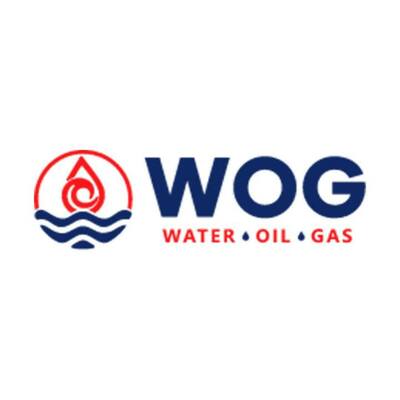Notifications
ALL BUSINESS
COMIDA
DIRECTORIES
ENTERTAINMENT
FINER THINGS
HEALTH
MARKETPLACE
MEMBER's ONLY
MONEY MATTER$
MOTIVATIONAL
NEWS & WEATHER
TECHNOLOGIA
TV NETWORKS
VIDEOS
VOTE USA 2026/2028
INVESTOR RELATIONS
COMING 2026 / 2027
ALL BUSINESS
COMIDA
DIRECTORIES
ENTERTAINMENT
FINER THINGS
HEALTH
MARKETPLACE
MEMBER's ONLY
MONEY MATTER$
MOTIVATIONAL
NEWS & WEATHER
TECHNOLOGIA
TV NETWORKS
VIDEOS
VOTE USA 2026/2028
INVESTOR RELATIONS
COMING 2026 / 2027
About Me
 WOG Group
WOG Group WOG Group specializes in wastewater recycling solutions, helping industries and municipalities reuse water efficiently. Our advanced treatment plants use biological, chemical, and membrane filtration processes to remove impurities and improve water quality. We prioritize sustainability and environmental compliance, ensuring cost-effective and energy-efficient wastewater management. Choose WOG Group for innovative and high-performance water recycling solutions.
 WOG Group -
Apr 2 -
Technology -
Wastewater Treatment Plants
Anaerobic Digester System
Mobile Water Purification System
Sewage Treatment Plant Service
Industrial Effluent Water Treatment
-
258 views -
0 Comments -
0 Likes -
0 Reviews
WOG Group -
Apr 2 -
Technology -
Wastewater Treatment Plants
Anaerobic Digester System
Mobile Water Purification System
Sewage Treatment Plant Service
Industrial Effluent Water Treatment
-
258 views -
0 Comments -
0 Likes -
0 Reviews

In a world that increasingly seeks greener ways of doing things, anaerobic digester system stand out as an organized waste solution and a source of renewable energy. These systems effectively and sustainably transform organic waste into biogas along with fertilizer. How does it work and what makes it so efficient in terms of environmental benefits?
Resource recovery is changed forever thanks to the anaerobic digester systems. These waste-to-energy and manure technologies enable businesses to produce energy from waste materials. But how does it work? Anaerobic digestion is the process of breaking down organic molecules anaerobically. This technique makes the biogas that is employed to generate heat for industrial power plants and power vehicles. Anaerobic digesters’ digestate becomes a fertilizer as it is high in nutrient content decreasing the use of chemicals.
Anaerobic digestion uses organic material as its substrate to produce biogas which is composed of methane and carbon dioxide, and digestate, a nutrient-rich substance, in the absence of oxygen. The process is facilitated by oxygen-free microbes. Agricultural waste, food waste, animal waste, and sewage sludge are all used by anaerobic digesters. An anaerobic digester system is attractive because it converts waste into energy and useful byproducts, making it a major circular economy component. Anaerobic digesters reduce greenhouse gas emissions and organic waste from landfills, improving environmental sustainability.
Anaerobic digestion has four stages: hydrolysis, acidogenesis, acetogenesis, and methanogenesis.
The nutrient-enriched digestate can be referred to as a fertilizer and close the waste management chain.
Many anaerobic digester systems handle different feedstocks and operating conditions. The most prevalent types:
Anaerobic digester systems are different concerning the sustainability of waste management and the production of energy. They are becoming more preferable because:
Anaerobic digester system have many environmental benefits that aid sustainability. More on how these methods make the earth greener:
Waste management and environmental protection benefit from anaerobic digestion systems. They help sustain sustainability and create a better future by turning trash into valuable resources.
Customers who have good experiences better demonstrate the company's value. We operate with optimism that our company will expand and become well-known. We'll work hard daily to develop our corporate strategy for wastewater treatment plants. Thus, WOG Group solves this problem for wastewater-generating firms. Researchers and strategies are in place to satisfy future wastewater treatment plant requests.
